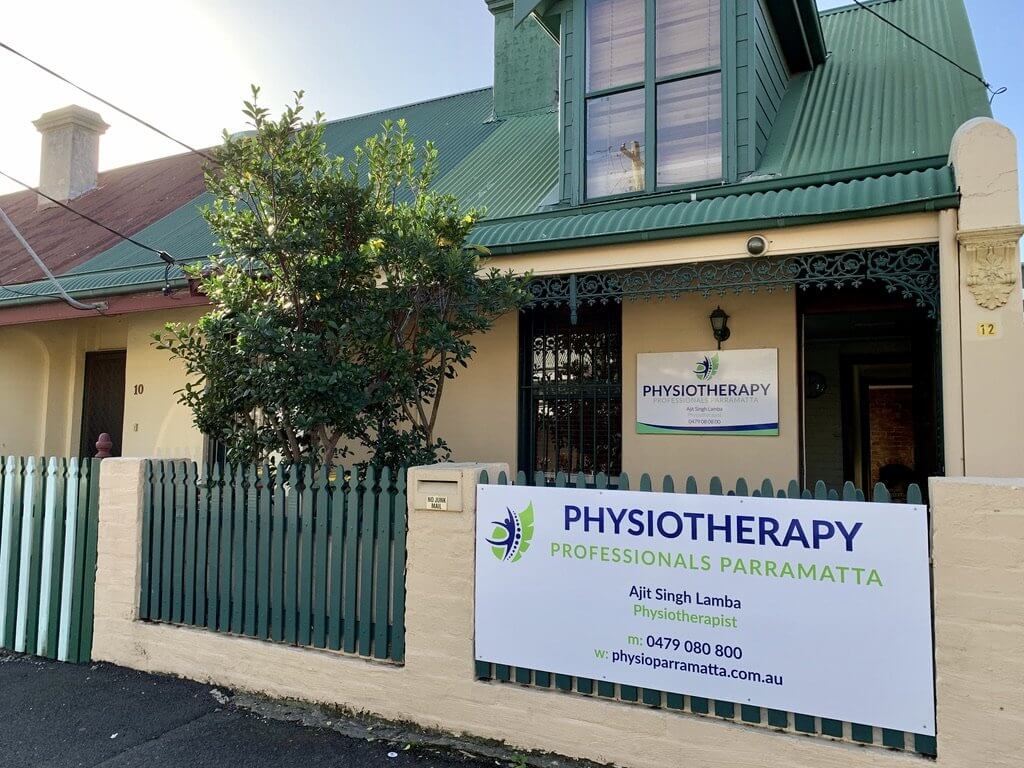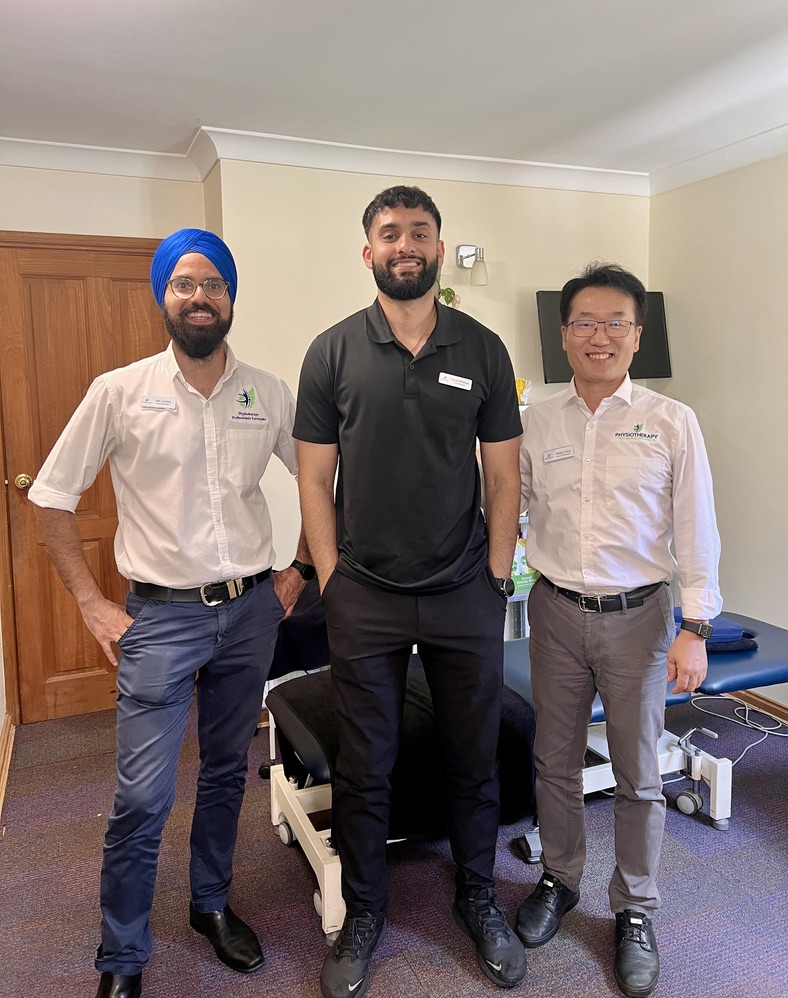Can Physiotherapists treat Shoulder injuries?

Can Physiotherapists treat Shoulder injuries?
Physiotherapists successfully treat all joints including knees, ankles, thumbs, ribs, spine and shoulders. Physiotherapists also treat their associated soft tissue structures such as – muscles, tendons, ligaments, bursa, fascia.
The most common muscle group in the shoulder to be injured is rotator cuff. The rotator cuff muscles are four muscles around the shoulder which anchor and stabilise the arm bone to the shoulder blade. Of these rotator cuff muscles the Infraspinatus, Supraspinatus and Teres minor are the most commonly injured shoulder muscles.
Biceps tendonitis is another common shoulder injury that responds well to Physiotherapy. The biceps is a muscle that is used everyday to lift and carry things. It is commonly injured because it is very difficult to stretch and sometimes over used. As you lengthen the biceps muscle the elbow locks when your arm straightens and this limits the length that you can get in this muscle.
Tendonitis occurs when the muscle is over used and becomes inflamed due to repetitive use. This ailment is quite easily corrected with the use of Physiotherapy techniques such as soft tissue release and muscle relaxation techniques. Treatment of most tendonitis injuries can lasts four to six weeks.
Frozen shoulder. This is a very painful and debilitating condition. It is characterised by several different shoulder injuries occurring simultaneously resulting in significant reduction of movement in the shoulder due to pain, weakness and stiffness. Treatment of this painful condition involves intensive soft tissue release, stretching and spinal mobilisation techniques.
Other common causes of shoulder injuries include referral of pain from neck or thoracic nerve compression, impingement syndromes caused by subacromial bursitis, rotator cuff tears in the elderly or young (associated with severe trauma and often dislocation), and osteoarthritis.
All of the above conditions can be treated successfully with Physiotherapy treatment. It is important to get the advice of a Physiotherapist on shoulder injuries as early intervention may reduce your pain and save you un necessary trips to the doctor or the pharmacy.
Contact Us:

Do you need assistance with your injury? Experienced Physiotherapists with essential knowledge. You can call us anytime to have a confidential discussion with our expert Physiotherapists. For more information on how we can further assist you, please call our clinic number on 0479 080 800 or send us an email on [email protected] for further details. Our Physiotherapists are Medicare, NDIS, DVA and Work Cover approved, specialising in injury management and rehabilitation to get you back on track.
